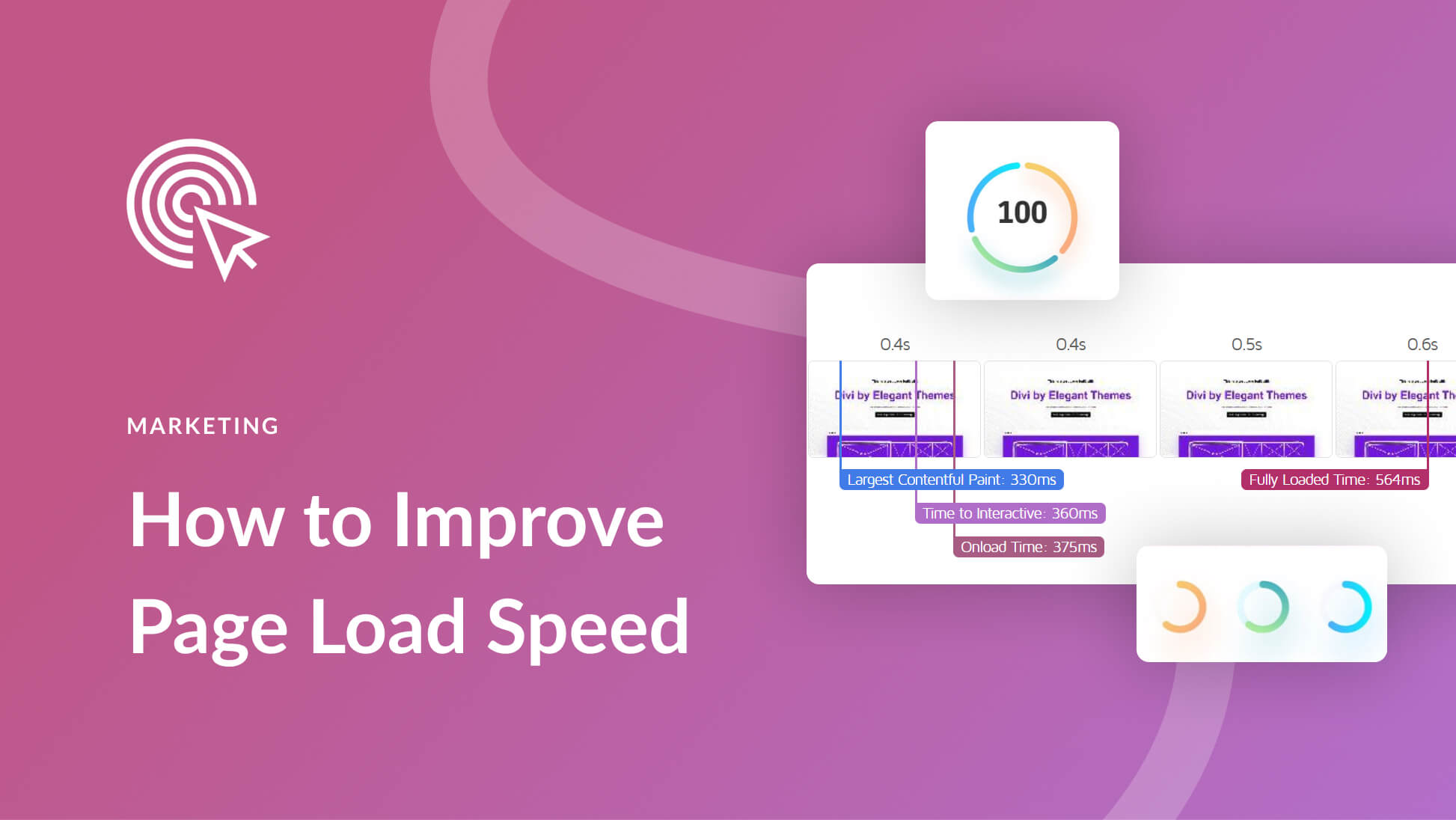Despite being one of the more varied careers out there, the term marketing has become almost a buzzword among online businesses and brands. Depending on who you ask, their marketing strategy might not even share aspects with yours. One of the biggest misconceptions regarding marketing is that advertising and marketing are synonymous. Many people have the misconception that publicity and public relations (PR) are the same thing. So, too, do they throw advertising and marketing together and confuse them for one another. They are, however, remarkably different.
Advertising vs Marketing: The Basic Idea
Marketing is kind of an umbrella term that is about promoting your brand or service using a number practices and strategies. It incorporates data science and analytics, and it might consist of a number of strategies to make people aware of you. Advertising, however, falls under that umbrella with its own subsets of disciplines that work to bring attention to your brand or product.
Advertising is really a collection of the actionable steps you take to get the word out. Marketing is the strategy behind taking those actions. With that difference in mind, you can hone in on your customers’ needs better and perhaps take less of a shotgun approach to conversions.
You can’t just jump into advertising. Well, you can. But you shouldn’t. Tossing ads left and right just to see which ones work is a quick way to running through your budget. And you’d make little to no return on your investment. Running ads for the sake of running ads is a great way to get exposure. But that exposure does nothing to benefit your business.
Instead, you need to sit down and formulate a marketing plan or strategy about how you want to advertise. More than that, you need to sit down and think about if you want to advertise.
We are looking at advertising as the “running a paid ad campaign and crunching the numbers” way. As a concentrated effort for communication with your end-users.
The 4 Ps of Marketing
A lot of places talk about the 4 P’s of marketing (Product, Price, Place, Promotion), and you may notice that in terms of differentiating advertising vs marketing, Product and Price are more the traditional marketing side of things, while Promotion and Place encompass what we’re considering advertising. Purely Branded details these elements very well:
Product – The first of the Four Ps of marketing is product. A product can be either a tangible good or an intangible service that fulfills a need or want of consumers. Whether you sell custom pallets and wood products or provide luxury accommodations, it’s imperative that you have a clear grasp of exactly what your product is and what makes it unique before you can successfully market it.
Price – Once a concrete understanding of the product offering is established we can start making some pricing decisions. Price determinations will impact profit margins, supply, demand and marketing strategy. Similar (in concept) products and brands may need to be positioned differently based on varying price points, while price elasticity considerations may influence our next two Ps.
Promotion – We’ve got a product and a price now it’s time to promote it. Promotion looks at the many ways marketing agencies disseminate relevant product information to consumers and differentiate a particular product or service. [It] includes elements like: advertising, public relations, social media marketing, email marketing, search engine marketing, video marketing and more. Each touch point must be supported by a well positioned brand to truly maximize return on investment.
Place – Often you will hear marketers saying that marketing is about putting the right product, at the right price, at the right place, at the right time. It’s critical then, to evaluate what the ideal locations are to convert potential clients into actual clients. Today, even in situations where the actual transaction doesn’t happen on the web, the initial place potential clients are engaged and converted is online.
Think of marketing vs advertising as a two-stage process with different steps. By breaking it down, you help move things along smoothly. Plus, different people on your team won’t be stepping on each others’ toes.
Stage 1: Product
Behind every successful marketing campaign is a lot of research and study. Before you even begin to consider paying for ads, you need to make sure that your team has a solid (and nearly perfect) grasp on precise details regarding what you’re selling and to whom you’re selling it. That’s the big idea behind Product.
You need to be able to talk about what problem this product or service solves. For whom it solves that problem. Why those people need the problem solved in the first place. You need to know how the product or service works from a user’s perspective and from a creator’s. That way you can anticipate issues before they come up, and answer questions when they pop up anyway.
Once you know what you’re marketing inside and out, you need to move from Product to Price.
Stage 1, Part 2: Price
With the information you’ve gained from thoroughly vetting and learning and investing in your product or service, you should have a pretty good idea of what it’s worth. Your R&D and production departments give you a figure as to what your cost per user is and what your selling price is (and therefore your profit margin). It is within that margin that Price comes in.
Marketing departments get a unique space when you’re in the Price segment. You can help adjust the end price to the audience you’re targetting at that particular time. Generally, you won’t do it in a vacuum. You will have other departments’ insight and input, but you’re able to begin working on discounts, promos, freebies, A/B testing, and other elasticity concerns. You should also know your marketing budget by now, too. And it should take into account the pricing elasticity.
By the time you’ve worked your way through the Price stage, you should have a lot of data in front of you:
- The product or service and what problem it solves
- For whom it solves that problem
- How it solves that problem
- Roadblocks to solving that problem (from end-user and creator’s perspective)
- The cost of production, the suggested price to consumers, and the general profit margin expected per unit
- Approved discounts, price ranges, and min/max requirements for product pricing
- Marketing budget
- Projected ROI for each segment of the campaign, and the total projected revenue for the project
Whew. That’s a lot of data. But you want that. You want a lot. Luckily, it’s specific data that you can use for the second stage of this process, where you’re going to get into Promotion and Place.
Stage 2: Promotion
This is the part where what we traditionally consider advertising comes into play. Promotion is the umbrella for advertising. So here you will take the campaign planning you did in Stage 1 and take action on it.
For instance, you work for a software company that makes various educational games. Your newest product is a mobile game aiming at children under 5. You know that in order to break even on this game, your company needs to sell 300,000 units at $4.99 each. Your marketing budget is $100,000.
With that information, you can figure out what avenues would work best for this particular kind of campaign. Your company already has some software, so you will spend some time crafting the perfect series of email blasts about the new app for existing customers. You want to show how easy and effective the app is, so you may hire a video production company to develop a commercial for the app. You write a press release. Maybe you know your audience reads a lot of mom blogs, so you hire freelance writers to write original content for guest posts.
Obviously, social marketing is going to be a part of this, and maybe you take that same video company and make a series of short videos you can use as Stories across different platforms. A contact you have at Apple gets the app featured on the App Store. Buy maybe your previous apps didn’t do well with Google ads, so you decide to put a minimal amount into AdWords this time, and instead focus on Facebook and Instagram ads.
And you will measure the projected ROI with the data from Stage 1. You will know the cost-per-click on your Stories videos and the conversion rate of your email blasts. You can outline how much each of these avenues will cost out of your $100k budget. And how much they’re projected to bring in.
Stage 2, Part 2: Place
Place is an interesting one of the 4 Ps. It’s very closely related to Promotion. Because of that, you may think them somewhat similar in scope. However, the difference is that with Promotion, the idea would be “hire freelancers for mom blog guest posts.” Place, though, is where you reach out to specific blogs and put the articles online. You put the planning from Product/Price into action with Promotion. With Place, you’re making the plan from Promotion actionable.
This, more than anything, is the true advertising part of the process.
Your social campaign runs on Instagram and Facebook. So you buy those ads and set up the audiences. You (or someone on your team) breaks up the videos you made for Stories and schedule them to go live at the right time. You might have a small test on Snapchat just to see how it performs. The sponsored posts you’ve scheduled go live. These are large-scale advertising that tells the story of the app and reaches out to the consumers. You write an email blast and segment it out for the highest performance and lowest unsubscribe rate. The press release will get sent out. Buying YouTube ad space so that your new commercial plays in front of related videos is part of Place.
The phrase is placing an ad, after all.
While the 4 Ps require a lot of planning and action and effort put in, Place is the part of the process where things get more boots-on-the-ground and in-the-trenches.
Stage 3: Crunching Numbers and Wrapping It Up
Once all of that is done, the only thing left to do is crunch numbers. You will check the data, see what worked and what didn’t, and then tweak the campaigns, do some A/B testing, and adjust budget line-items. And by the time all of the numbers are crunched, the ad money you’ve loaded to your account has been spent, and the Stories have long since expired, you will know how well the entire campaign did and how successful you were.
No campaigns are perfect. You will have some duds in your plan. But when everything is said and done, you’ll be ready to start it all back from the beginning with a new product, a new service, and a new appreciation for the distinct difference in advertising vs marketing.
What is your favorite part of the advertising and marketing process?
Article featured image by fullvector / shutterstock.com









Marketing is concerned with the needs of the buyer; selling is concerned with the needs of the seller! Advertising is a promotions arm of selling. Unfortunately the terms are now treated synonymously. To be truly marketing oriented the producer of the product or service should consider the buyer as the center of the universe. We are in business to serve the needs of the buyer. First, determine what the buyer wants and then, secondly, you can get the right product to the right people at the right price with the right promotion. How can you sell anything if you don’t establish what the buyer wants?
Such a valuable post. All the information is found at one place. Thanks so much for sharing this.
Really nice points covered by Keeton. Elegantthemes blog is becoming my favoite blog.